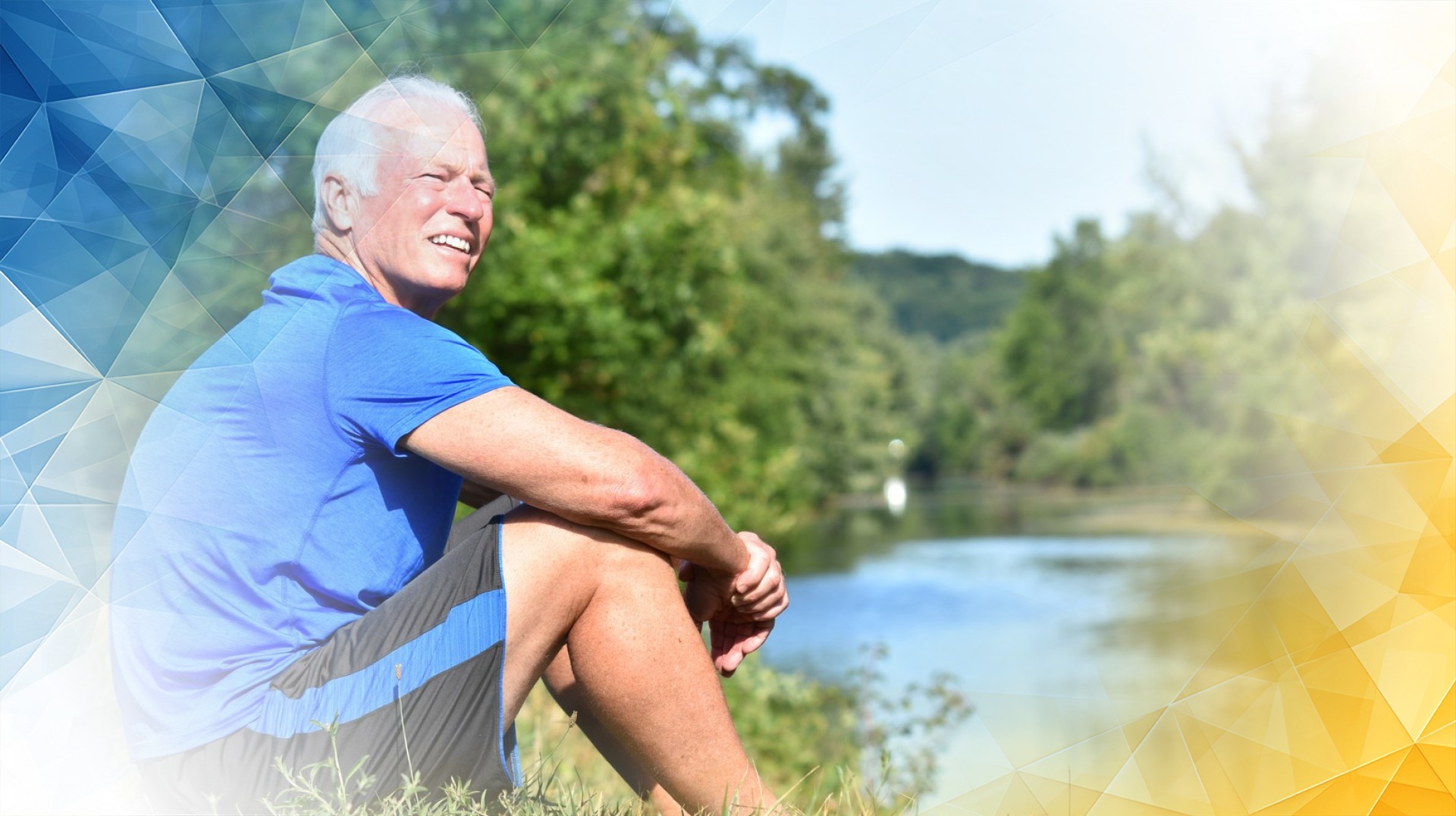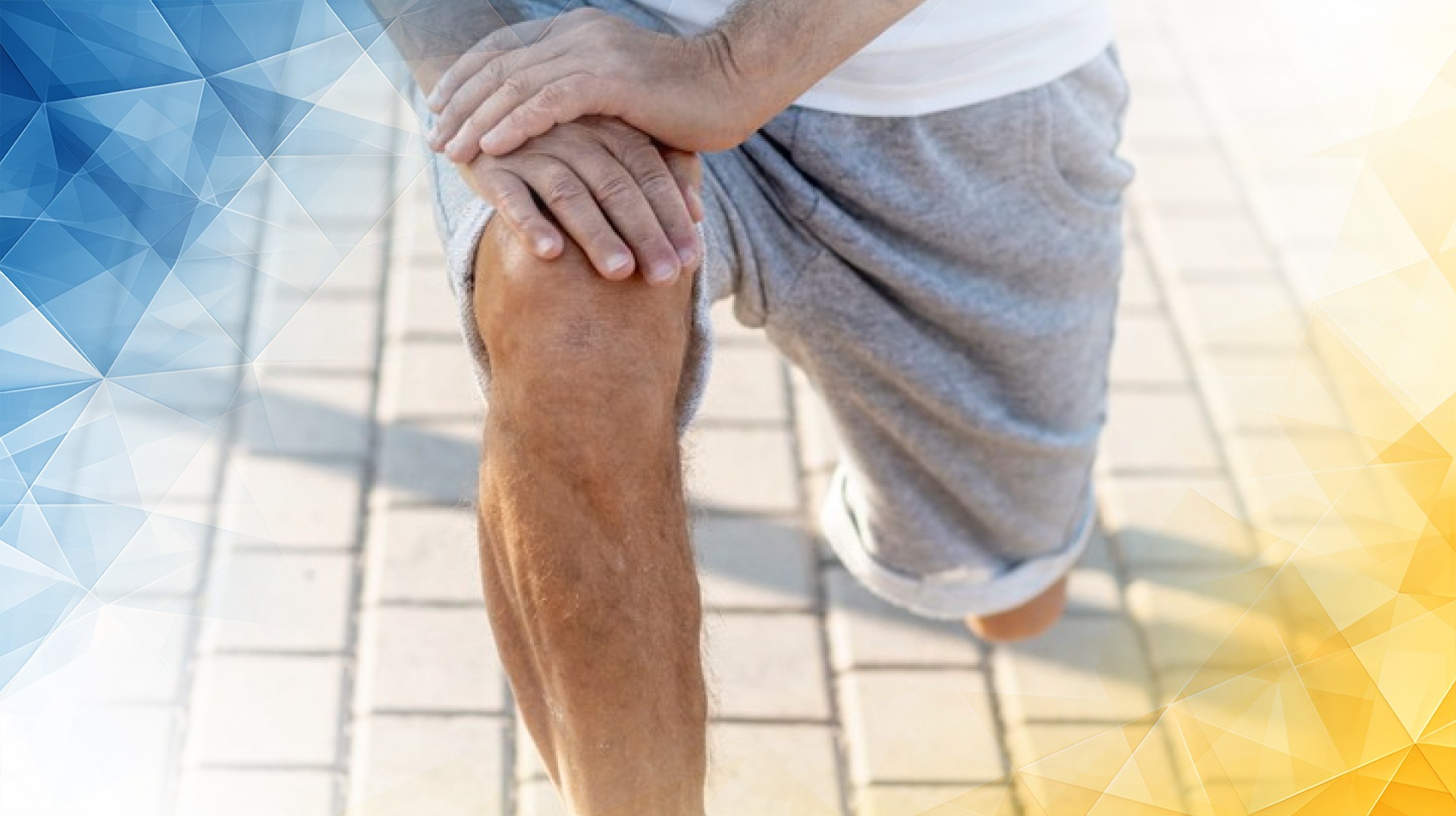



Meniscus injuries are a leading cause of knee pain, affecting everyone from professional athletes to people going about their daily routines. Successful recovery requires more than simple rest—targeted rehabilitation is essential to restore strength and allow the knee to heal properly. Thanks to advances in medical research, new exercise programs are helping people recover faster and reduce the risk of future injuries. In this article, we’ll explore these innovative rehabilitation techniques, supported by the latest scientific studies, to help you understand how to get your knee back to full health.
The meniscus is a crescent-shaped cartilage in your knee, acting as a shock absorber and stabilizer between the thighbone and shinbone. Meniscus injuries often occur when the knee twists suddenly—common in sports—or they may develop gradually with age and repetitive use. Symptoms include pain, swelling, difficulty moving the knee , or a sensation that the knee is unstable. Traditionally, treatment focused on rest and limiting knee movement. However, modern research demonstrates that guided exercise is crucial—not only to speed healing, but also to restore knee function and prevent future issues. Recent advances in rehabilitation and medical technology also show promise for enhancing meniscus repair and recovery.
Today’s rehabilitation strategies emphasize carefully selected exercises that both protect the healing meniscus and strengthen the muscles supporting your knee. One of the most effective exercises is the controlled eccentric squat. By slowly lowering yourself into a squat position with proper alignment, you strengthen your quadriceps —the large muscles at the front of your thigh—without overloading the knee. Research shows that eccentric (slow-lowering) exercises encourage collagen growth, which plays a key role in cartilage healing .
Another valuable addition to rehabilitation is the use of closed kinetic chain exercises , like leg presses. Unlike open kinetic chain exercises, where the foot moves freely (such as with leg extensions), closed kinetic chain exercises keep your foot firmly planted. This recruits multiple muscle groups, enhances overall knee stability , and improves the way your muscles and nerves work together—collectively known as neuromuscular control. Studies show these exercises may reduce the risk of re-injury and support stronger, more resilient joints. Strength-focused rehabilitation, in particular, has been found to deliver significant benefits in regaining stability and preventing setbacks. Meanwhile, emerging technologies such as tissue engineering materials offer exciting possibilities for future meniscus repair, though further study is needed.
Innovative exercise- based rehabilitation delivers more than just pain relief—it helps rebuild muscle strength, improves stability, and gets you back to your usual activities more quickly. To get the best results, aim to do these exercises three to four times per week, always focusing on proper form to prevent unnecessary strain.
Take it slow: start with light resistance and a limited range of motion, then gradually increase intensity as your knee gets stronger. A good rehabilitation plan also balances exercise with adequate rest, supporting healing while minimizing the chance of reinjury. Combining these exercises with balance and proprioceptive training—movements that improve your sense of joint position—can further enhance recovery and protect against future injuries . A mix of strengthening, balancing work, and hands-on physiotherapy creates a well-rounded approach for optimal results.
While the latest surgical and tissue engineering techniques hold promise for the future, traditional rehabilitation and well-structured exercise programs remain cornerstones of meniscus injury recovery for most people.
In summary, innovative, evidence-driven exercises are the foundation of successful recovery from meniscus injuries . Shifting away from rest-based approaches, active rehabilitation not only speeds up healing but also ensures your knee regains its full function and strength. As medical research continues to evolve, even more effective strategies and technologies are on the horizon. By embracing these modern methods, you can approach recovery with confidence, knowing you’re doing everything possible to return to a healthy, pain-free, and active lifestyle.
Lian, W., & Wang, J. (2022). Repair Effect of Nanomaterials on Meniscus Injury Induced by Calisthenics Exercise. Journal of Nanomaterials, 2022(1). https://doi.org/10.1155/2022/9301750
Wen, L., Wei, M., Hong, Y., & Yang, P. (2022). Functional exercise on patients after sports meniscus injury. Revista Brasileira De Medicina Do Esporte, 28(6), 698-701. https://doi.org/10.1590/1517-8692202228062022_0039
Wang, Z. (2013). The application of natural collagen materials and tissue engineering on repair for exercise-induced meniscus injury. Advanced Materials Research, 830, 490–494.
London Cartilage Clinic offers cutting-edge rehabilitation techniques developed from the latest scientific research. Under the expert leadership of Prof Lee, patients receive personalised rehabilitation plans tailored for optimal meniscus healing. This evidence-based approach provides better recovery outcomes and reduces the risk of recurring injuries, distinguishing the clinic as a leader in cartilage care.
Prof Lee is widely recognised for his expertise in cartilage repair and regeneration. His vast experience and commitment to evidence-driven treatments ensure that patients receive highly specialised care. By integrating innovative rehabilitation protocols, Prof Lee helps patients achieve faster recovery, improved strength, and long-term knee stability, leading to superior outcomes for meniscus injuries.
The clinic prioritises modern rehabilitation strategies, such as controlled eccentric squats and closed kinetic chain exercises, tailored to protect the healing meniscus. These scientifically proven techniques, coupled with comprehensive neuromuscular training, form the core of each patient’s programme, accelerating recovery and minimising future risk under the guidance of experienced professionals.
Current research highlights that targeted, active rehabilitation restores knee function and strength more effectively than rest alone. London Cartilage Clinic’s tailored exercise programmes not only hasten healing but also rebuild muscle stability, reduce pain, and safeguard against further injuries—helping patients return safely and confidently to normal activities.
Following a personalised exercise plan, monitored by Prof Lee’s team, provides best results. Regular targeted exercises, combined with balance and physiotherapy, rebuild strength while preventing reinjury. London Cartilage Clinic offers ongoing support, expert guidance, and evidence-based updates, ensuring patients achieve the most complete and rapid recovery possible.
All our treatments are selected to help patients achieve the best possible outcomes and return to the quality of life they deserve. Get in touch if you have any questions.
At London Cartilage Clinic, we are constantly staying up-to-date on the latest treatment options for knee injuries and ongoing knee health issues. As a result, our patients have access to the best equipment, techniques, and expertise in the field, whether it’s for cartilage repair, regeneration, or replacement.
For the best in patient care and cartilage knowledge, contact London Cartilage Clinic today.
At London Cartilage Clinic, our team has spent years gaining an in-depth understanding of human biology and the skills necessary to provide a wide range of cartilage treatments. It’s our mission to administer comprehensive care through innovative solutions targeted at key areas, including cartilage injuries. During an initial consultation, one of our medical professionals will establish which path forward is best for you.
Contact us if you have any questions about the various treatment methods on offer.
Legal & Medical Disclaimer
This article is written by an independent contributor and reflects their own views and experience, not necessarily those of londoncartilage.com. It is provided for general information and education only and does not constitute medical advice, diagnosis, or treatment.
Always seek personalised advice from a qualified healthcare professional before making decisions about your health. londoncartilage.com accepts no responsibility for errors, omissions, third-party content, or any loss, damage, or injury arising from reliance on this material. If you believe this article contains inaccurate or infringing content, please contact us at [email protected].